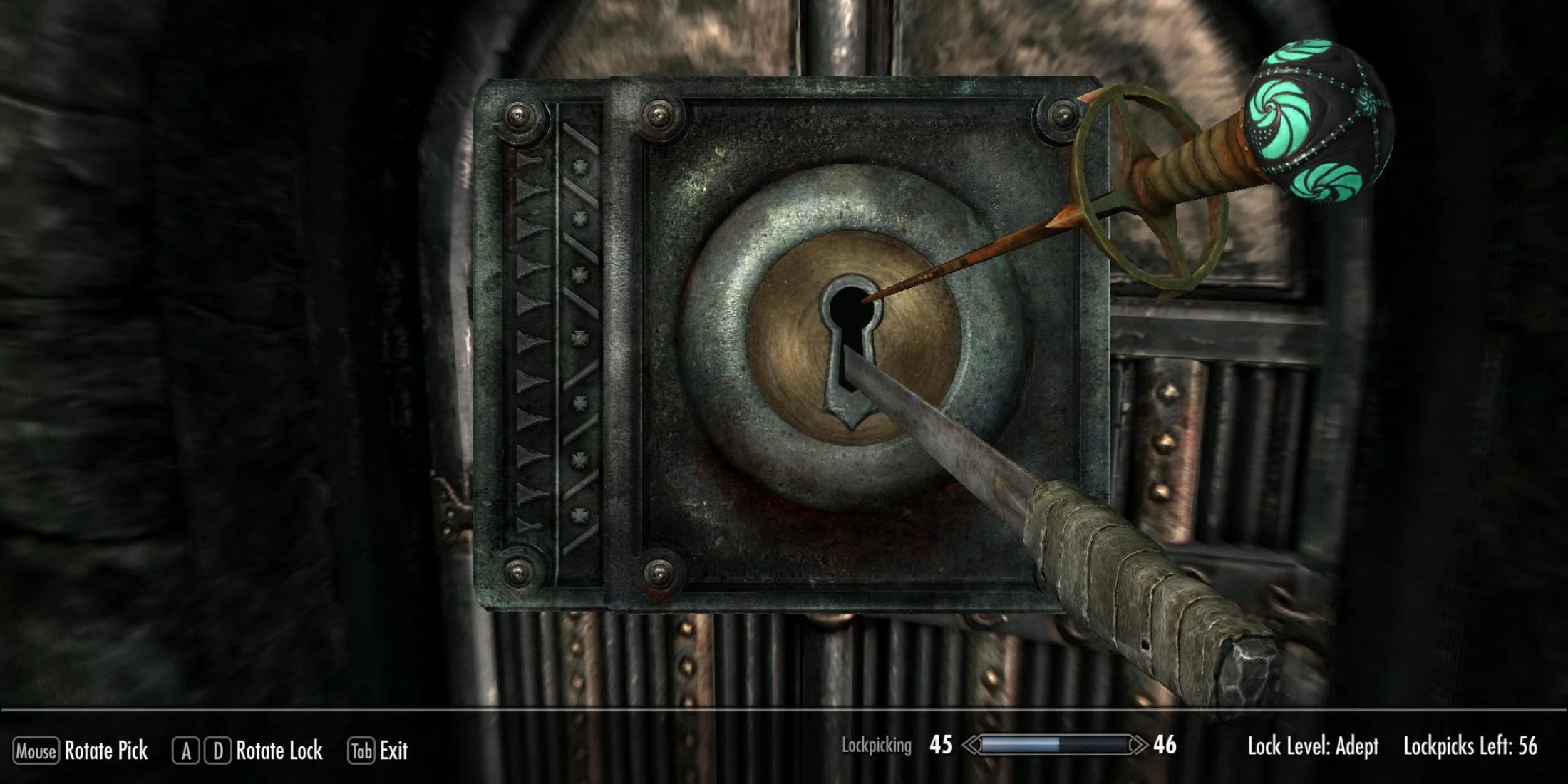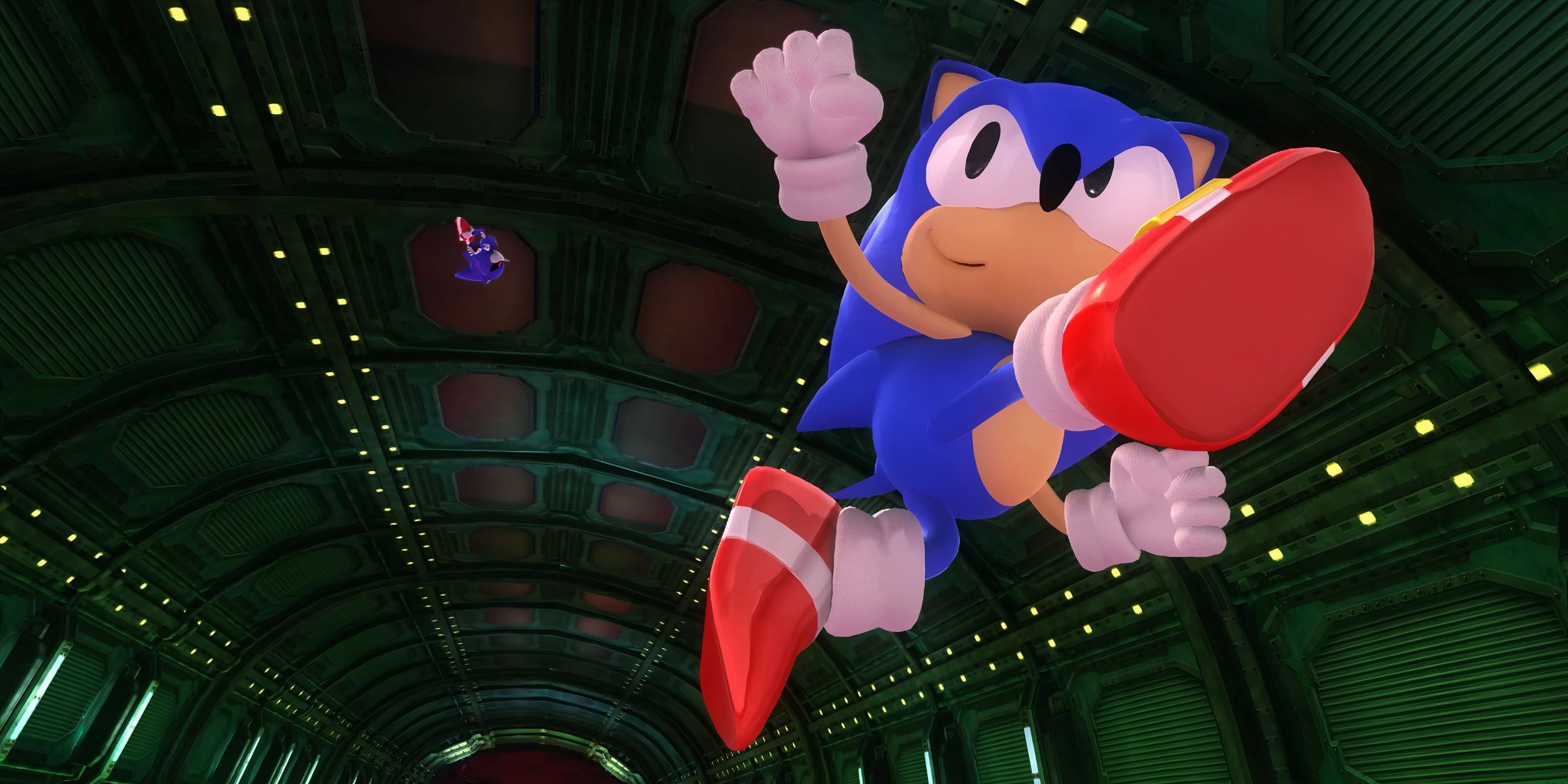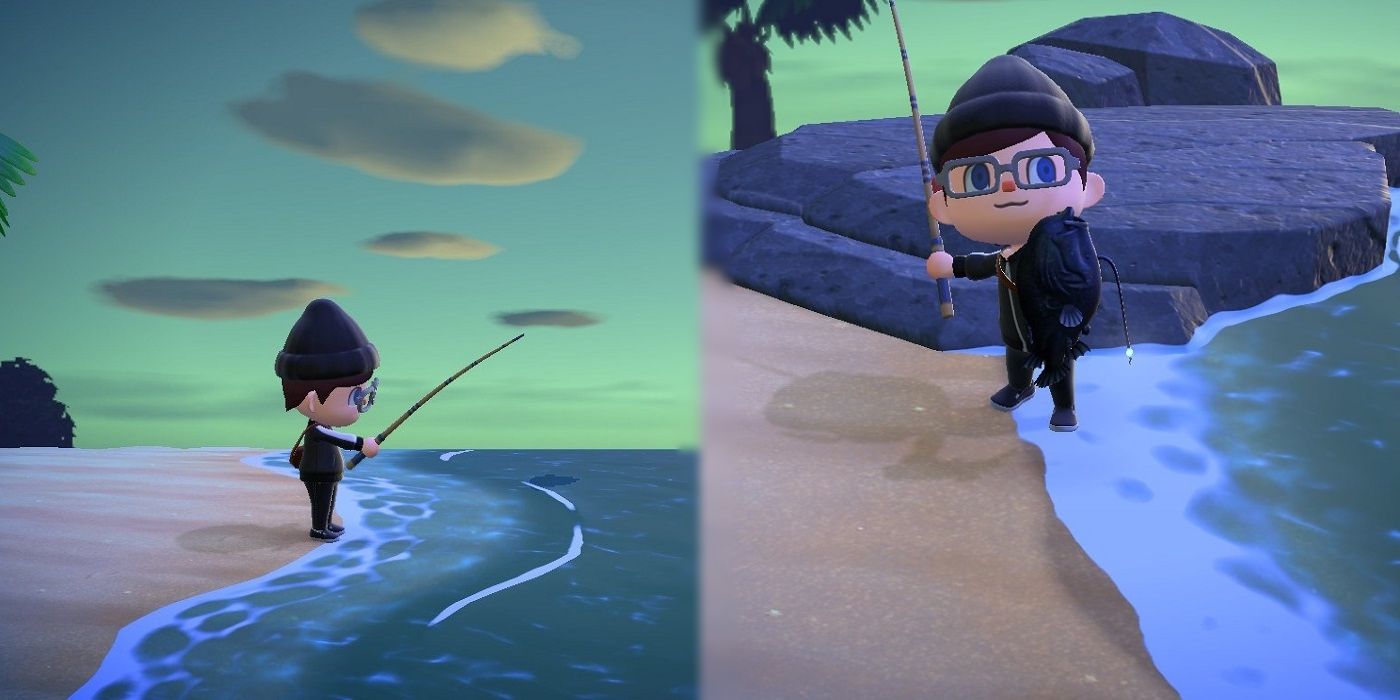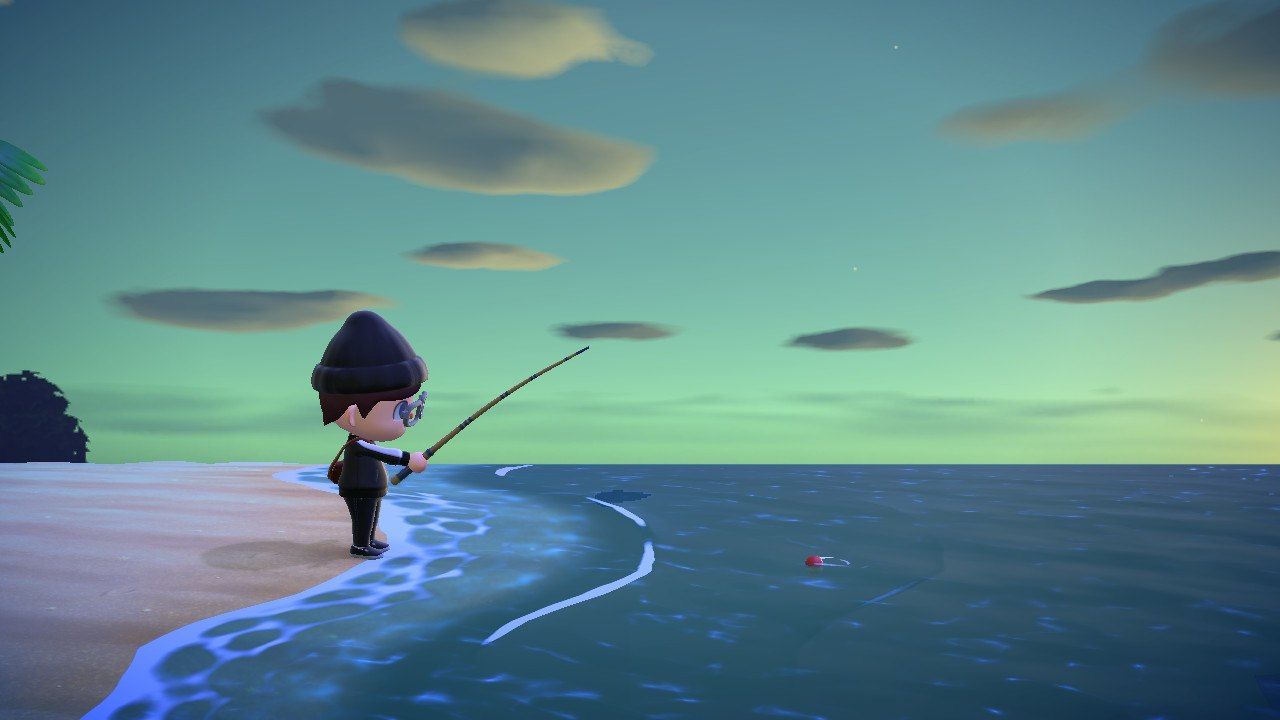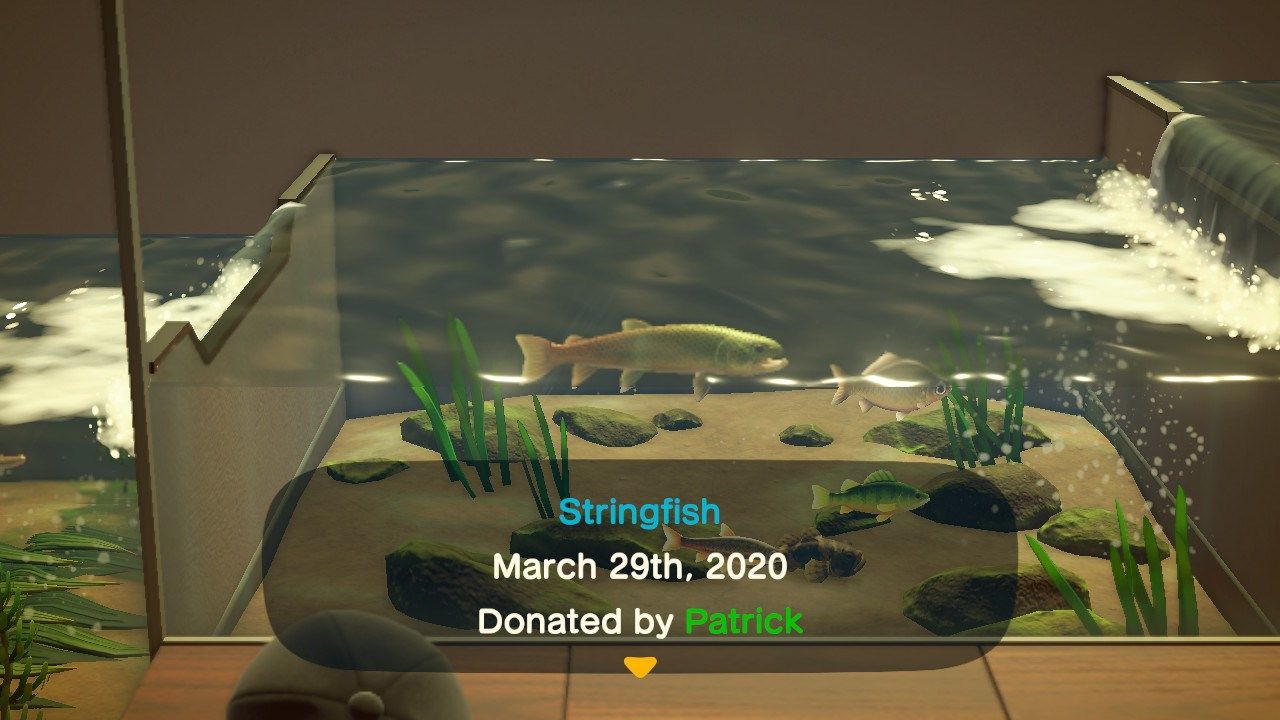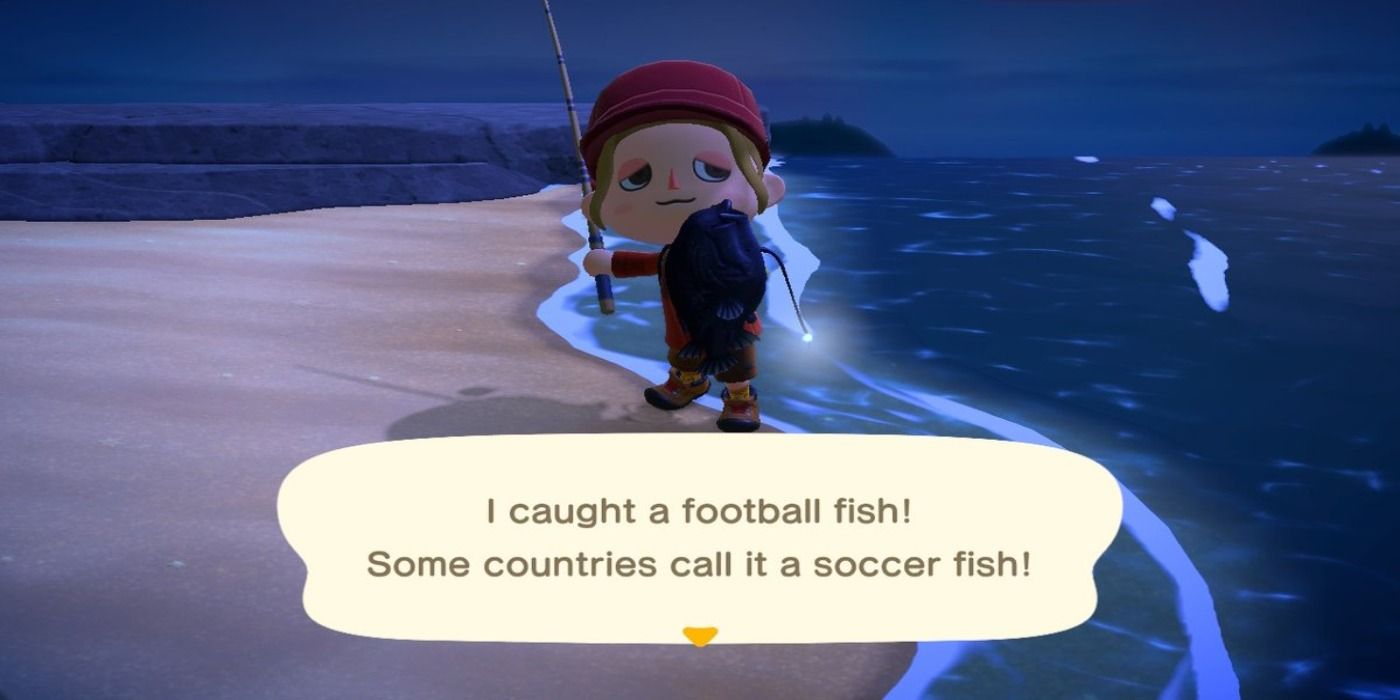Animal Crossing: New Horizons is filled with plenty of activities for players to take part in to improve their island and make a home for themselves and their neighbors. From tending to flowers and plucking weeds to visiting far-off islands for a chance at rare items, players are discovering many ways to pass the time in Nintendo's recent release.
One of the best and most iconic activities in the series is fishing. There are many types of fish for players to track down in their island adventures, and here is everything you need to know to be the best angler Tom Nook has ever seen.
How to Fish in Animal Crossing: New Horizons
Fishing in Animal Crossing: New Horizons is virtually unchanged from the previous installments in the Animal Crossing franchise. But for those who are diving into the series for the first time with New Horizons, fishing is pretty simple. When approaching a body of water, whether it be by the ocean or a river, players may see the silhouette of a fish swimming in the water. When players approach the water (not running, as it would scare the fish away), they should position themselves so that when they cast their fishing line, the bobber lands right in front of the fish. If done correctly, the fish will approach and nibble at the line. Players need to wait until the fish actually bites, and the bobber goes underwater, before reeling the line in (pressing A). An easy way to make sure that players don't jump the gun and reel in too early is to pay attention to the sound effects, as nibbling as a different sound effect than biting.
Fishing in Animal Crossing is easy to pick up, but can be quite difficult to master. Some fish are more challenging to catch and may get away before players can reel in the line. While most fish are pretty easy to catch, higher difficulty fish like Sharks can be quite a challenge to capture. While it can be frustrating at first, the more time players invest in Animal Crossing: New Horizons, the better they will get at fishing so hopefully those hard-to-net fish will be a lot easier to snag.
Where to Find Fish
As one might expect, fish live in all different types of water, so picking a spot to fish is actually quite important. Generally speaking, players will find fish in nearly every body of water they can stumble upon, but the types of fish will vary. Obviously the first major location players can fish in is the ocean. The ocean is filled with tons of fish for players to catch. Being on an island, players can essentially pick a direction and toss a line, and more than likely they'll catch something. Should players take their fishing expedition to the rivers of their island, they will find a completely different set of fish to catch. Even more interesting, if players climb to higher elevations on their island, even more unique fish can be caught - like the infamous Stringfish. The beauty of the game is that there isn't one right place to fish, so players should practice fishing everywhere they can to fill out their Critterpedia.
Time, Season, and Weather Exclusives
Animal Crossing: New Horizons is designed to be played in real time - unless players time travel, and each season brings with it new types of fish to catch. Not only that, but the available fish changes with the weather and time of day. Every month different fish will come in and out of rotation, meaning that players will constantly have new fish to find. For example, March has a slew of fish and bugs that will only be available until the end of the month - like the Bitterling, the Yellow Perch, and the Stringfish. While all of these fish are available for a few months out of the year, March will be the last month for some time before these fish show back up.
Not only do the fish change based on the season and month, but they also change along with the time and weather on the island. Fish like the Coelacanth can only be caught on rainy days, and in the case of the coelacanth it can also only be caught in the ocean. Fish with such specific spawn requirements can be a pain to track down, so it's good for players to constantly be fishing throughout the day as well as when specific weather conditions roll into the island. To make things a bit easier, players can also use Nook Miles Tickets to travel to other, smaller islands that may feature different weather conditions to help players round out their collection.
What to Do with Fish
Fish have several different uses in Animal Crossing: New Horizons. The first and biggest use for them is for completing Blather's Museum on the island. Ideally players will want to donate the first catch of every fish to Blathers so the museum can continue to grow. With there being 80 fish in the game, those not time-traveling will have quite a lot of work ahead of them to catch these fish and they will want to be on top of it. After players have donated a copy of the fish to Blathers, it's ultimately up to them what they do with the extras. Most players will want to sell them to help put a dent in their mortgage. Alternatively, some players like to decorate their home or their island with the fish they catch. Animal Crossing: New Horizons allows players to place decorations outdoors, and this includes fish, so players can make a great looking outdoor aquarium full of exotic fish. Needless to say players have plenty of options when it comes to their fishy bounties.
Fishing is a great way to pass the time in Animal Crossing: New Horizons, whether players are doing it to help Blathers with the museum or just looking to earn some quick Bells. For those looking to complete the museum in the first year, there are some new fish coming to the islands in April, so players should get their fishing skills ready to tackle these new fish tomorrow.
Animal Crossing: New Horizons is available now for Nintendo Switch.


